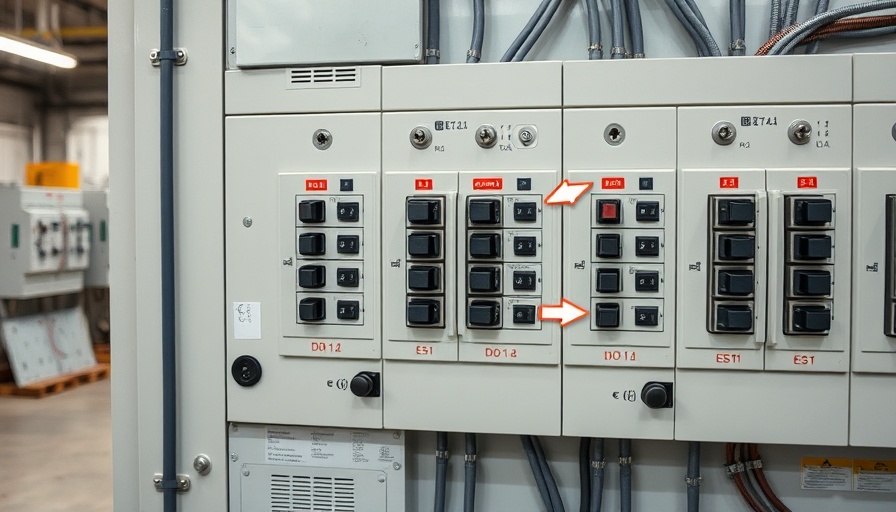
Understanding the Risks of Working with Electrical Panels
Many homeowners find the electrical panel to be a daunting component of their home. This trepidation is justified. With numerous wires and potential hazards, it's crucial to approach any changes with caution and proper knowledge. Disconnecting power and confirming the procedure with the right tools, like a non-contact voltage tester, is essential before starting any electrical work.
In DIYers Miss This When Moving Circuit Breakers – Avoid Shocks!, the discussion dives into critical insights about safely relocating circuit breakers, prompting us to analyze the essential steps and precautions every homeowner should understand.
The Importance of Proper Tools
Effective and safe circuit breaker relocation demands the right set of tools. Many DIY enthusiasts recommend the Klein Tools 15-in-1 screwdriver for its versatility, capable of accommodating complex wiring tasks without unnecessary hassle. As homeowners undertake projects, having quality tools can make a significant difference in both performance and safety.
Common Circuit Breaker Types: What Homeowners Should Know
When working on circuit breakers, you may encounter various brands and types, including Square D's QO and Homeline models, as well as Eaton's BR and Cutler Hammer types. Familiarizing yourself with these options is crucial, mainly when sourcing replacements or troubleshooting existing setups.
Steps to Relocate Circuit Breakers Safely
To avoid shocks when moving circuit breakers, follow these guidelines: always turn off the main disconnect first, check for power with a voltage tester, and handle each component with care. The process becomes simple once you understand that the breakers can be rocked off their bus bars and need to be properly reconnected.
Common Misconceptions Surrounding Electrical Work
A prevalent myth among DIYers is that circuit breakers are interchangeable without concern for their specific ratings. Each type has designated uses, and positioning incorrectly can lead to malfunction or even safety hazards. It’s vital to adhere to local electrical codes and guidelines when making modifications.
Final Thoughts: Is DIY the Right Choice for You?
As you consider upgrading your home's electrical system with projects like installing a generator inlet, reflect on your competence and comfort level. While many homeowners can undertake DIY electrical projects with the right guidance, it's essential to assess if you are adequately prepared for the responsibility that comes with electrical modifications.
Take Action for a Safer Home
With the growing frequency of power outages, investing in knowledge and preparation for electrical projects is invaluable. Remember to prioritize safety by researching, using proper tools, and adhering to local regulations. Whether you're moving circuit breakers or enhancing your home’s electrical capacity, prioritize a skilled, informed approach.
 Add Row
Add Row  Add
Add 




Write A Comment